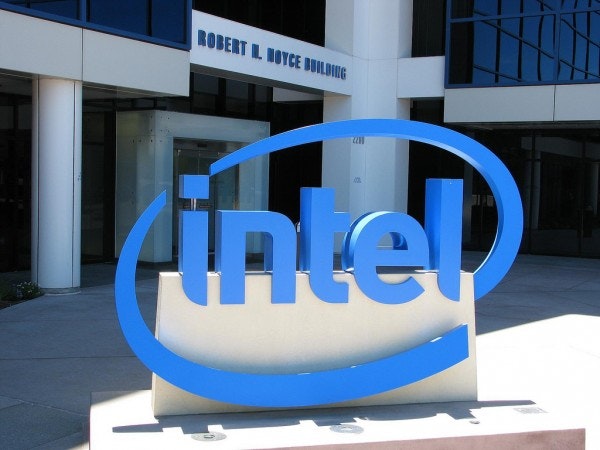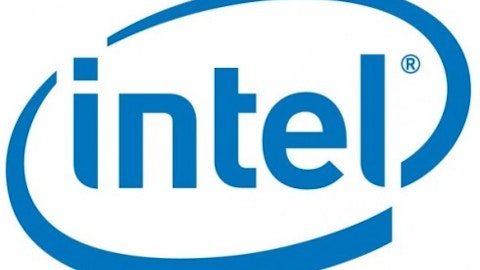Computer engineers with expertise in user interface design and security may secure new jobs with Intel Corporation (NASDAQ:INTC) as it plans to hire 60 engineers to perfect its Internet-based TV service and set-top box. Earlier this month, Intel Corporation (NASDAQ:INTC) announced that it wanted to venture into the emerging SmartTV market with the launch of a storage solution for SmartTV-Mobile Crossover.
The new product will allow consumers to stream media content from their Smartphones to a Smart TV or across multiple devices with a process that is as easy as “Browse, Click and Play.” In this article, I will focus on how venturing into the Smart TV market will cause Intel to rise in the long term and why you should buy Intel Corporation (NASDAQ:INTC) now that it is trading down around $21 a piece.

Venturing into the Smart TV market may look somewhat divergent from Intel Corporation (NASDAQ:INTC)’s core business of chips and processors for computers. Yet, it may be worthwhile to remind you that Intel’s Atom CE4200 chipset was the brain behind the Sony’s Google TV and Logitech’s Google TV in the earliest days of the Smart TV in 2010 before the relationship crashed under the strain of low volume of sales.
The first point on why investors should pay keen attention to Intel Corporation (NASDAQ:INTC) this year is that Intel emerged with the Intel Atom CE5300 media processor (known as the Berryville) last year for Smart TV and set-top boxes. The Intel Atom CE5300 made gesture controls, high-end gaming and high-definition video available to TV viewers.
The uniqueness of the Atom CE5300 chipset lies in the fact that it supports 1080p in set-top boxes with Smart TV functionality among others. Thus, it is not surprising that Amino has featured the new chip on its Freedom Live Media Gateway. More so, Intel has also signed a deal with Comcast Corporation (NASDAQ:CMCSA) to ensure that future hardware with the new chipset can stream live and on-demand Xfinity programming without the need of extra hardware.
The second point is that Erik Huggers has confirmed the rumors making the rounds that Intel is building an Internet TV and set-top box. The product promises to offer consumers a technology that makes watching live TV, catch up TV and access media hubs on demand through the internet a flawless experience. More so, the new products would most likely be marketed under the Intel brand as opposed to delivering components to manufacturers with only the “Intel inside” trademark as recognition. In quoting Erik Huggers the chief at Intel Media “For the first time, we will deliver…a new consumer-electronics product that people will buy from Intel through a new brand.”
Is the Smart TV market really hot?
What these developments mean for investors is that Intel is gearing up to enter a market that would set it up as a competitor with its previous partners such as Google who seems to be courting ARM for chipsets for its future Google TV products. However, the current level of sales and projection for future sales show that the market for Smart TV is a profitable emerging market with enough room for the most innovative player to establish dominance.
For instance, 66 million units of SmartTVs were sold in 2012, which is an increase of 27% from the 52 million units of SmartTVs that were shipped in 2011. SmartTV sales are expected to soar to 55% of all TV sales by 2015 to reach 141 million units. More so, Smart TV shipments are expected to account for two thirds of all the TVs sold by 2016. Thus, Intel can still catch the wave as it enters the market on the strength of the uniqueness of its product and the quality of its brand.
What about the first responders?
